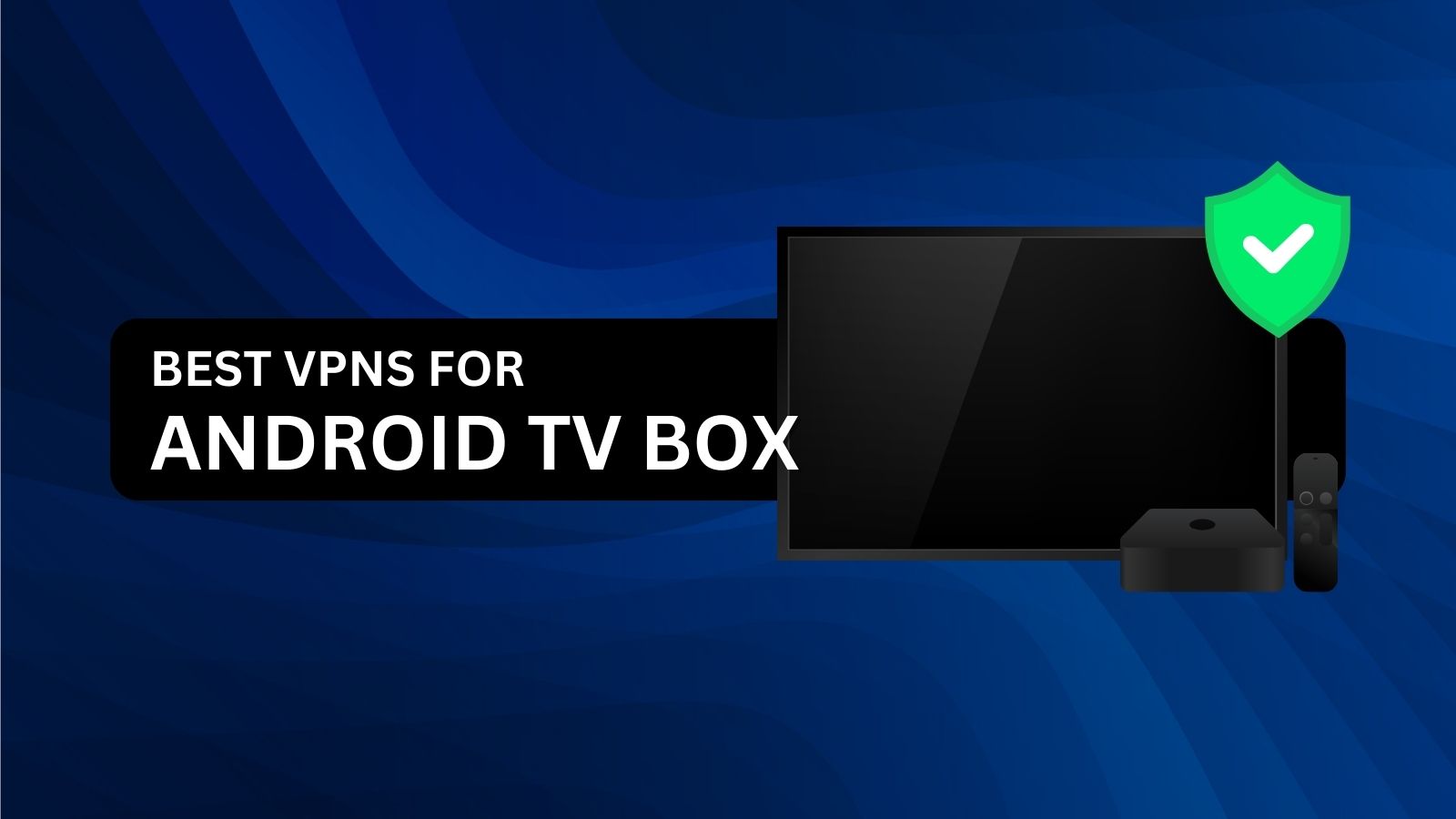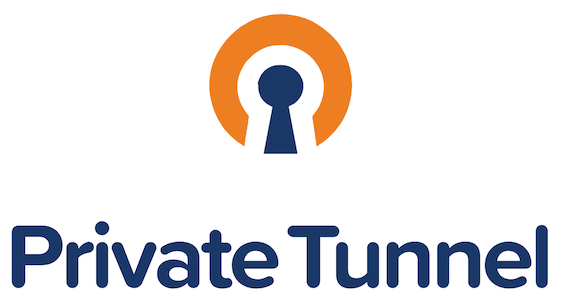Exploring GNSS Software Receivers: Features, Benefits, and Applications
Learn about GNSS software receivers, their features, benefits, and applications in navigation, surveying, agriculture, and more. Discover how to choose the right receiver.

What is a GNSS Receiver?
These GNSS receivers use signals from GPS, GLONASS, Galileo, and BeiDou. They send time and location information. The receiver uses this information to find its position. GNSS receivers are used for many things. They are present in phones, cars, and surveying tools.
How Does a GNSS Receiver Work?
GNSS receiver tracks satellites. The satellites send time and location information. The receiver measures how long it takes for the signals to reach it. This helps it find the distance to each satellite. Using triangulation, the receiver can find its exact location.
Types of GNSS Receivers
GNSS receivers come in various forms, including:
- Hardware receivers: These are separate devices. They can be used alone. They are typically larger and more expensive than software receivers.
- Software receivers: These are computer programs that can run on a variety of hardware platforms. They are often more flexible and customizable than hardware receivers.
- Embedded receivers: GNSS receivers are built into phones and other devices. This is cheaper and easier. Embedded receivers are mostly smaller and cheaper. Also, they are good for portable devices. Manufacturers can add GNSS to their devices. This gives users location-based services.
Benefits of Using GNSS Software Receivers
- Flexibility: GNSS software receivers can work on different hardware. They can be used in many places. You can choose the right hardware for your needs.
- Customization: GNSS software receivers can be customized. You can change settings to make them work better. This is helpful when regular receivers are not good enough. You can make the receiver more accurate or change the data it provides.
- Cost-effectiveness: GNSS software receivers are cheaper than hardware receivers. They are good for small applications. You can save money by using software receivers.
- Integration: Software receivers can be easily integrated into existing systems and applications.
Applications of GNSS Software Receivers
- Navigation: GNSS receivers are used in vehicles like cars, boats, and planes. They help with navigation.
- Surveying: GNSS receivers help with surveying and mapping. They help measure land and make maps.
- Agriculture: GNSS receivers help farmers work better. Automated steering systems help tractors drive straight. Yield monitoring systems measure crop yields. Variable-rate application systems apply fertilizer and pesticides at different rates. These help farmers use resources better.
- Transportation: GNSS receivers help manage fleets, track assets, and optimize routes.
- Emergency response: GNSS receivers help find people in emergencies. They are used for rescue missions.
- Scientific research: GNSS/RTK receivers are used in many sciences. They help study the Earth's shape, weather, and oceans. They help scientists understand our planet better.
Choosing the Right GNSS Software Receiver
When choosing a GNSS software receiver, think about these things:
- Application requirements: What is the specific application for the receiver?
- Accuracy requirements: What level of accuracy is needed?
- Hardware platform: What hardware platform will the receiver be running on?
- Cost: What is the budget for the receiver?
- Features: What features are needed? RTK or DGPS?
Conclusion
GNSS software receivers are cheaper than hardware receivers. They are flexible and can be customized. They use powerful computers to get accurate location information. You can choose the right receiver for your needs. Reach out to us to explore GNSS solutions that perfectly fit your specific requirements.
What's Your Reaction?






















